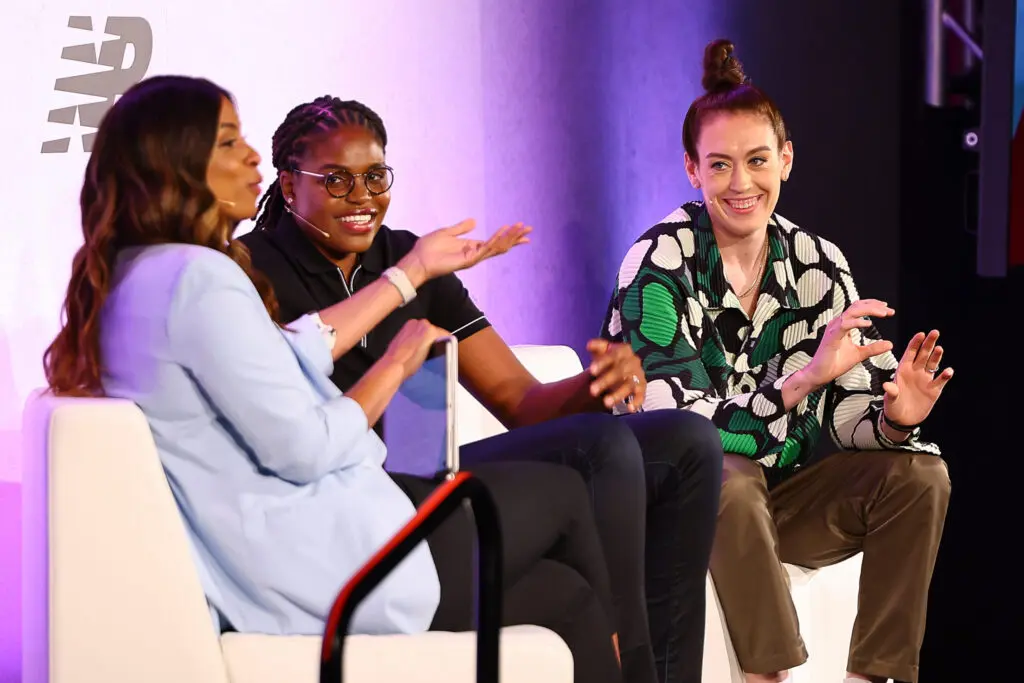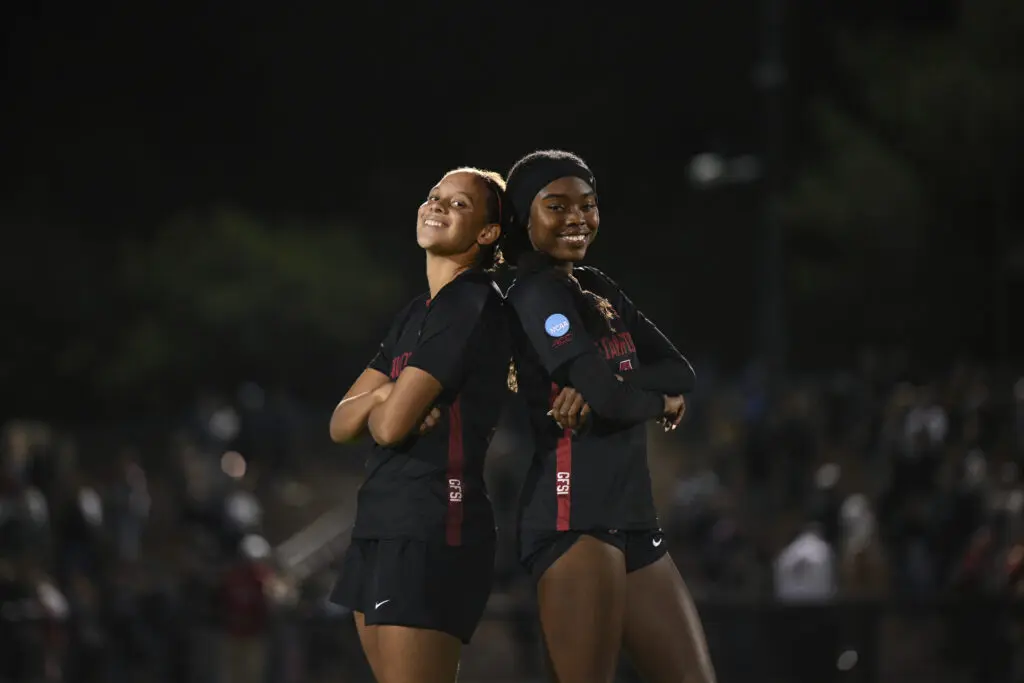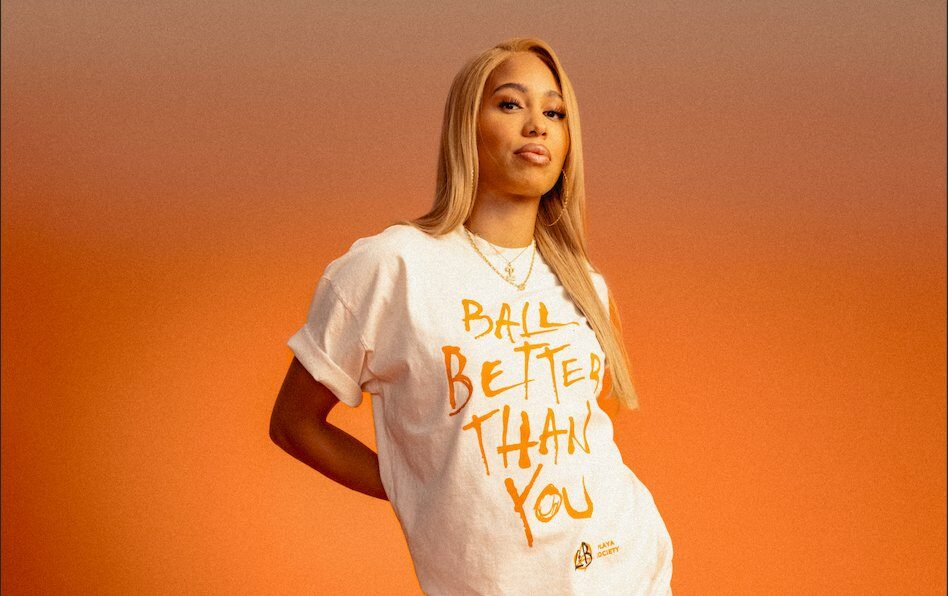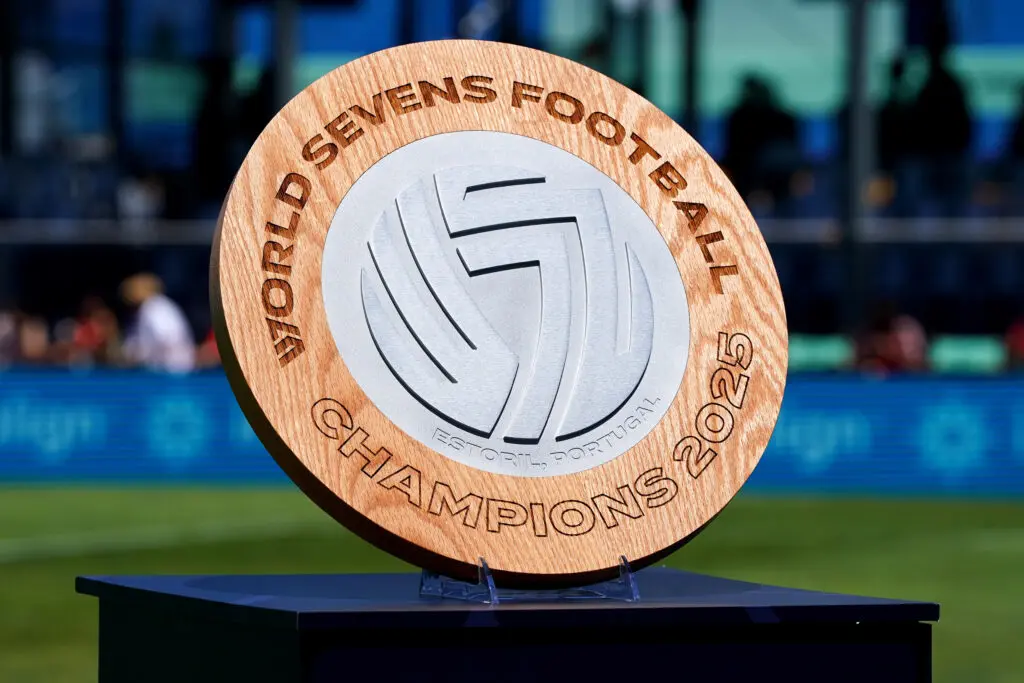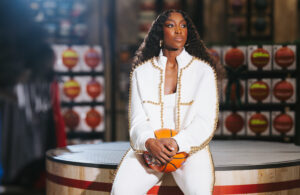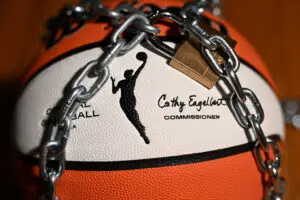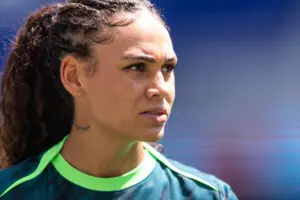Jonquel Jones and Breanna Stewart aren’t buying into the “us vs. them” narrative that’s developing between the WNBA and NCAA basketball as NIL deals grow.
“I think us as women, we’re not gonna fight and say ‘pay us, pay us’ and then because it’s happening on the collegiate level then we’re upset. If women are being paid we’re happy,” Jones said at Thursday’s espnW Summit. “We want that to happen and we want these NIL deals and these sponsors to then move along with the players when they come into the pros. And to continue to invest in women’s sports cause that is how we grow the game.
“When I sit there and I watch it, and I see all these players making their money, I’m happy for them.”
During the NCAA Tournament, Sheryl Swoopes spoke on the increase in NIL money compared to WNBA salaries. While she supports college athletes getting their bag, she does question the economics of it.
“I think it’s sad when college players are making more money than a professional WNBA player, it doesn’t make sense to me,” she said.
Women’s college basketball players saw an uptick in NIL deals after the NCAA Tournament. LSU star Angel Reese has said she’s not in a rush to go pro, as she’s making more than some WNBA players.
The value of NIL deals even caused some to question whether South Carolina star Aliyah Boston would opt to go pro or return for a fifth year. Boston did opt into the WNBA draft and wound up going first overall to the Indiana Fever.
“When you look at a lot of these players — and good for them — with their NIL deals, who, a lot of them are making way more money than professional athletes. That’s the sad part to me,” Swoopes said on “The Bird and Taurasi Show” during the final weekend of the NCAA Tournament. “Because when you become a pro, it’s like now, what do you have to look forward to? You know? So, I’m like listen, get your bag, get your money, but something’s gotta give.”
But Stewart doesn’t like the way the narrative has developed. After all, WNBA players do have endorsement deals in addition to their playing salaries. Instead, she wants to focus on growing the game as one.
“I think the biggest thing is, why are we fighting each other? For women’s sports, which receives less than five percent of media coverage, we shouldn’t be fighting over who gets this five percent,” Stewart said. “We should have 50 or 100 or whatever. We should continue to ask for more from media, from companies, from marketing perspectives. Where it’s like we continue to grow with one another and when you’re ready, you can come see us in the WNBA because we’re here and we’re waiting.
“And lastly, you don’t know how much money we make. You only see what you see.”
